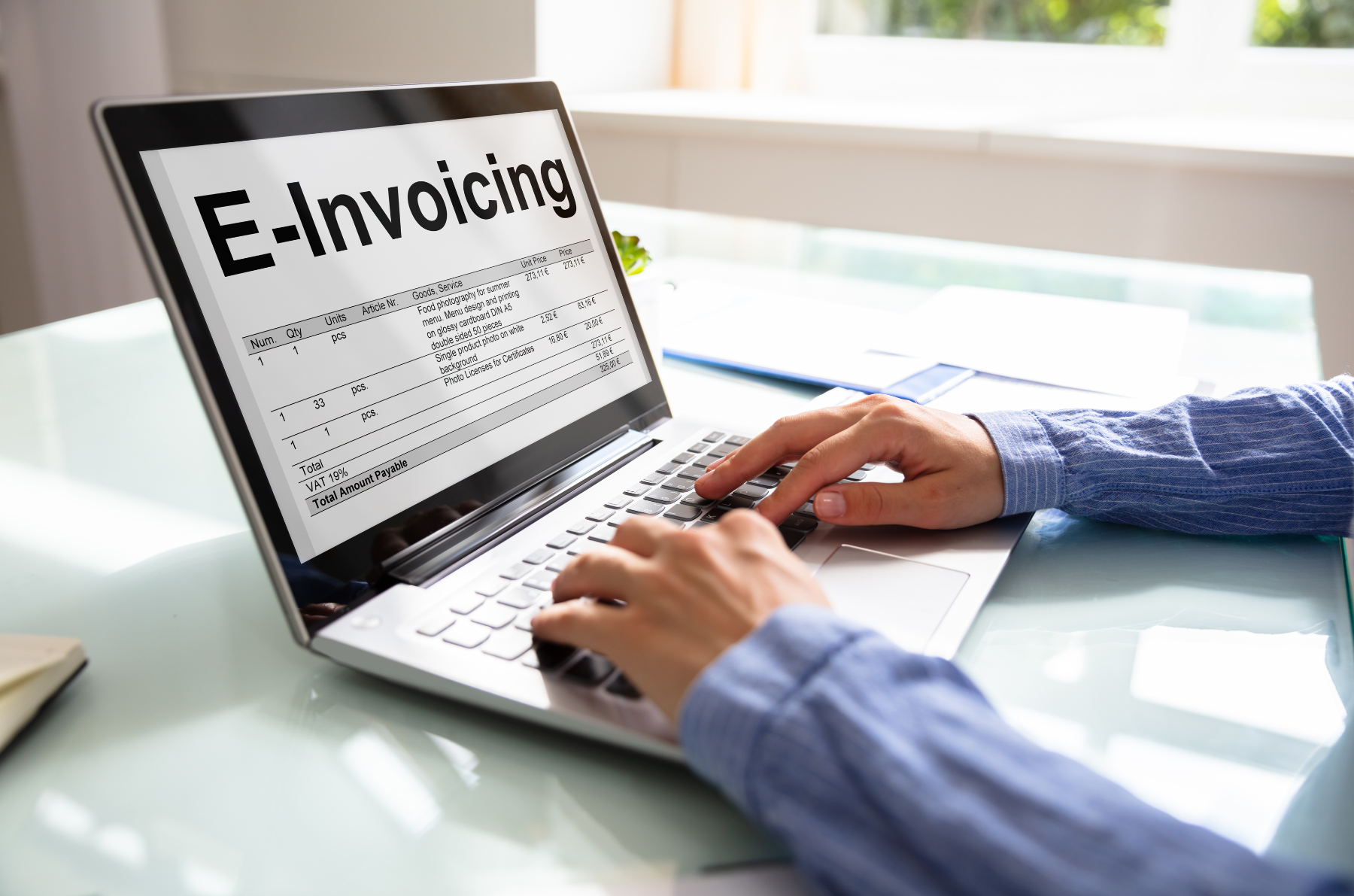Malaysia E-invoicing: The Basics You Should Know

E-invoicing: The Way Forward
In a mission to enhance the growth of the digital economy, the Malaysian government intend to implement e-Invoicing in stages in effort to improve the efficiency of the nation's tax administration management.
FAQs on E-Invoicing Basics in Malaysia
What is e-invoicing?
E-invoicing refers to the electronic invoicing system that allows businesses to generate, send, receive, and process invoices electronically, without the need for paper-based documents. The Malaysian government has been promoting the adoption of e-invoicing as part of its efforts to digitize business processes and improve efficiency in the country's business ecosystem. Besides, we get to protect the environment!
When should you start generating e-invoices?
The 2024 Finance Bill comprises provisions revising the timeline for the introduction of the e-invoicing mandate in the country. It assumes the postponement of the initial stage of the e-invoicing obligation by two months. After the revision, the timeline for introducing the e-invoicing is as follows:
| Annual Turnover of Business | Implementation Date |
| >RM 100 million | 1 August 2024 |
| >RM25 million and up to RM 100 million | 1 January 2025 |
| All taxpayers | 1 July 2025 |
Who is required to comply with e-invoicing?
LHDN has released guidelines outlining which entities, individuals, and businesses must adhere to e-invoicing rules and those exempt from them.
| Entities Required: | Entities Exempted: |
|
|
What are the different types of e-invoices?
The below documents must be issued in electronic format:
- Invoices: Generally used to record transactions between a supplier and a buyer. Invoices also include a self-billed invoice issued for tracking expenses.
- Credit notes: A document issued by sellers to make rectifications to an e-Invoice issued previously. It is mostly to lower the original value without returning money to the Buyer. It is generally used to adjust errors, apply discounts, or account for returned items.
- Debit notes: In contrast to credit notes, debit notes are issued to record additional costs related to a previously issued e-Invoice.
- Refund notes: It is an official document issued by a Seller to record refund issued to the Buyer.
What is the process flow for e-invoicing?
- Following to the event of transaction, the supplier will create an e-Invoice and send it to IRBM via the MyInvois portal or the e-Invoicing software by way of an API.
- Following that, the invoice gets validated by IRBM and is notified to the supplier and buyer.
- Once validated, it becomes the responsibility of the supplier to share the e-Invoice embedded with QR code to the buyer.
E-invoices versus self-billed
Self-billing for e-invoicing involves a specific process where the buyer (customer) issues an invoice on behalf of the supplier.
How to report e-invoices?
Companies can choose any of the below transmission modes to report e-invoices:
- MyInvois Portal hosted by IRBM: The MyInvois Portal can be accessed by all businesses. Nevertheless, this portal is only suitable for a small volume of data and is feasible for Micro, Small, and Medium-sized Enterprises (MSMEs). There are multiple steps to be executed to generate the e-Invoice. For the detailed breakdown, please read ClearTax's guide on the e-Invoice model here.
- Application Programming Interface (API): API in either XML or JSON format. Adoption of API requires an investment in technology and modifications to the current systems. However, this is the best e-invoice generation mode for large businesses with a large volume of transactions.
Paying E-Invoices
For national transactions, the key priority is ensuring that your suppliers are paid using their preferred payment
method.
For international transfers, using an international money transfer operator such as Sunway Money
can help reduce your costs for paying international invoices. Benefit from favorable currency exchange rates and a
low,
fixed transfer fee of RM8, regardless of the amount you send!
Register for a free business
account today and ensure timely payment of your international invoices in local currency,
providing greater convenience for your suppliers and contractors.